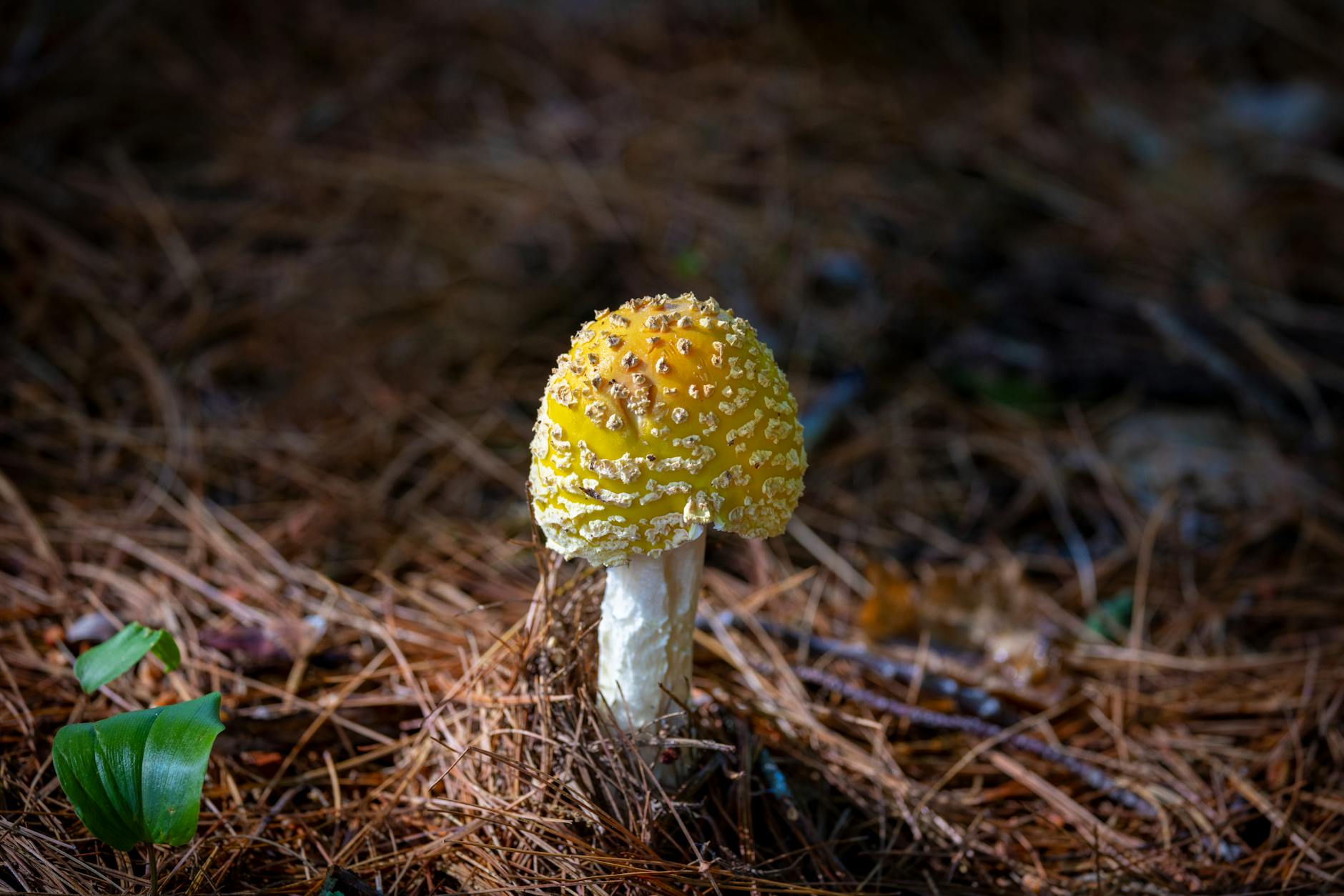Unveiling Mushroom Poisoning Statistics in the U.S.
Mushrooms, with their unique flavors and textures, have long been a popular ingredient in various cuisines. However, not all mushrooms are safe for consumption. Mushroom poisoning, also known as mycetism, occurs when individuals ingest toxic mushrooms, leading to a range of symptoms from mild gastrointestinal issues to severe organ failure and even death. In this article, we delve into the mushroom poisoning statistics in the United States to shed light on the trends and help raise awareness about the risks associated with wild mushroom consumption.
Understanding Mushroom Poisoning
Mushroom poisoning can result from consuming poisonous wild mushrooms that closely resemble edible varieties. In the United States, there are over 4,000 known species of mushrooms, with approximately 100 of them considered deadly. While many poisonous mushrooms may cause mild symptoms such as nausea, vomiting, and diarrhea, some can lead to more severe effects, including liver damage, kidney failure, or neurological disorders.
Types of Mushroom Poisoning
There are several types of mushroom poisoning, categorized based on the toxins present in the mushrooms. The main types include:
1. Gastrointestinal Syndrome: This type of poisoning typically results in symptoms like nausea, vomiting, abdominal pain, and diarrhea. The toxins in these mushrooms irritate the digestive tract, leading to these gastrointestinal issues.
2. Neurotoxic Syndrome: Some poisonous mushrooms contain neurotoxins that affect the nervous system, causing symptoms such as hallucinations, confusion, seizures, and even coma. Examples of mushrooms causing neurotoxic poisoning include the Amanita species.
3. Hepatotoxic Syndrome: Certain mushrooms contain toxins that target the liver, resulting in liver damage and failure. This type of poisoning can be life-threatening and may require urgent medical intervention.
Mushroom Poisoning Statistics in the U.S.
According to the American Association of Poison Control Centers (AAPCC), there were approximately 6,500 cases of mushroom exposures reported in the United States in 2020. Out of these cases, around 1,500 resulted in moderate to severe effects requiring medical treatment. Though exact figures for mushroom poisoning fatalities may vary each year, it is estimated that a handful of deaths occur annually due to mushroom toxicity.
Common Scenarios of Mushroom Poisoning
Mushroom poisoning incidents often occur when individuals forage for wild mushrooms without proper knowledge or expertise in mushroom identification. Mistaking deadly species for edible ones can have dire consequences. Additionally, accidental ingestions by children or pets who come across toxic mushrooms in the wild or garden are other common scenarios leading to mushroom poisoning cases.
Prevention and Awareness
To reduce the risk of mushroom poisoning, it is crucial to follow these preventive measures:
– Education: Educate yourself about the types of toxic mushrooms in your region and learn to accurately identify edible varieties.
– Avoidance: Refrain from consuming wild mushrooms unless they have been identified as safe by an expert mycologist or a reputable source.
– Medical Attention: Seek immediate medical help if mushroom poisoning is suspected, as early treatment is critical in improving outcomes.
In conclusion, understanding mushroom poisoning statistics in the U.S. highlights the importance of awareness and caution when it comes to consuming wild mushrooms. By taking necessary precautions, seeking proper guidance, and staying informed, individuals can help prevent mushroom poisoning incidents and safeguard their health.


